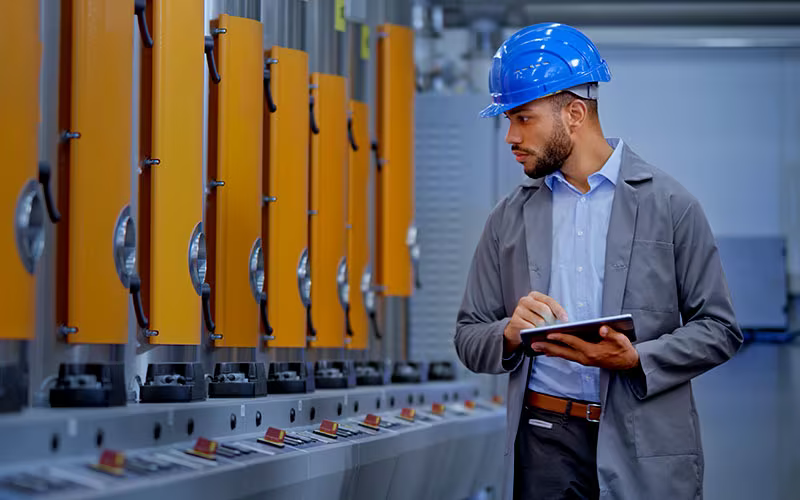On-Site Supervision & Support
On-site supervision and support are crucial elements in various industries, including the steel industry, to ensure smooth operations, maintain safety standards, and provide guidance to the workforce. It involves having experienced supervisors or managers present at the work site to oversee activities, address challenges, and provide necessary support.

Here is an overview of on-site supervision and support practices:

Safety Oversight

Workforce Guidance and Support

Quality Control

Monitoring Progress and Productivity

Conflict Resolution

Training and Development

Communication and Reporting

Emergency Response and Crisis Management
On-site supervision and support are essential for maintaining operational efficiency, ensuring safety, and maximizing productivity in the steel industry. Competent and experienced supervisors provide guidance, support, and oversight, contributing to the overall success of projects, adherence to quality standards, and the well-being of the workforce.
© 2023 Innovative Engineering Services. Designed & Developed with by The Haribol Technologies
